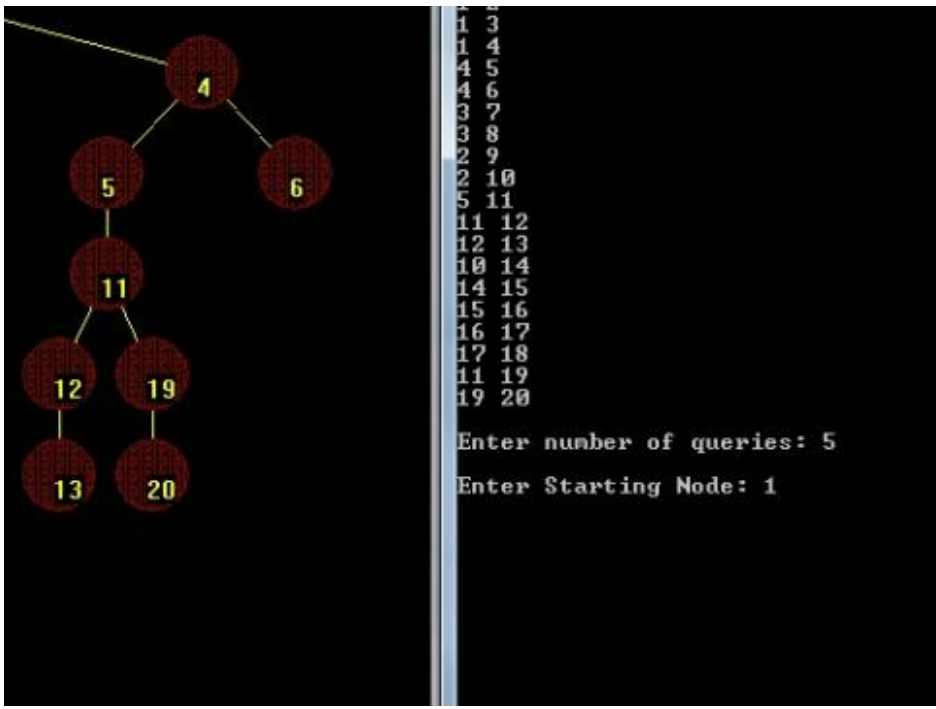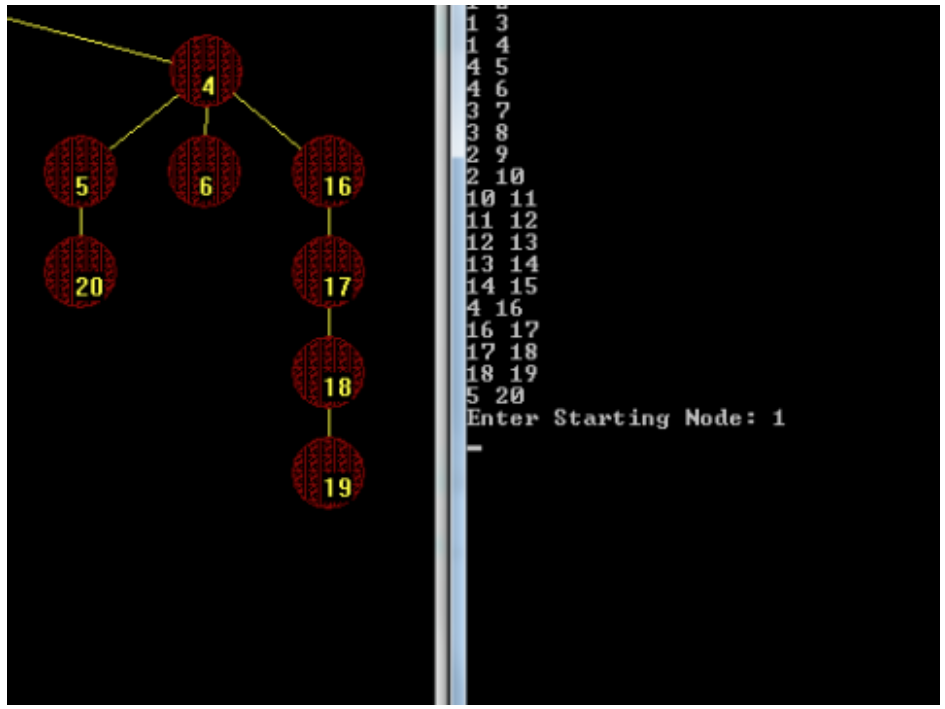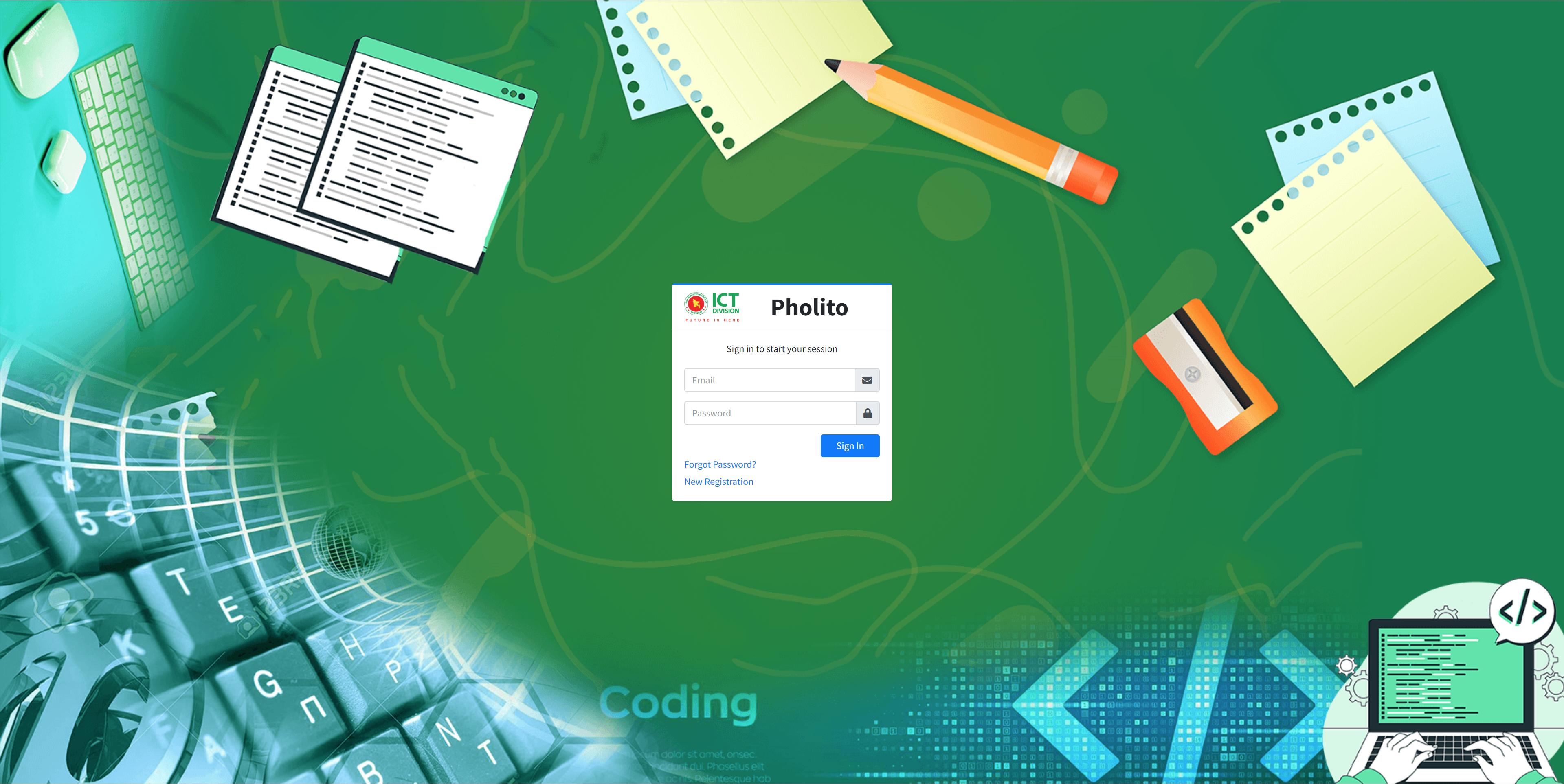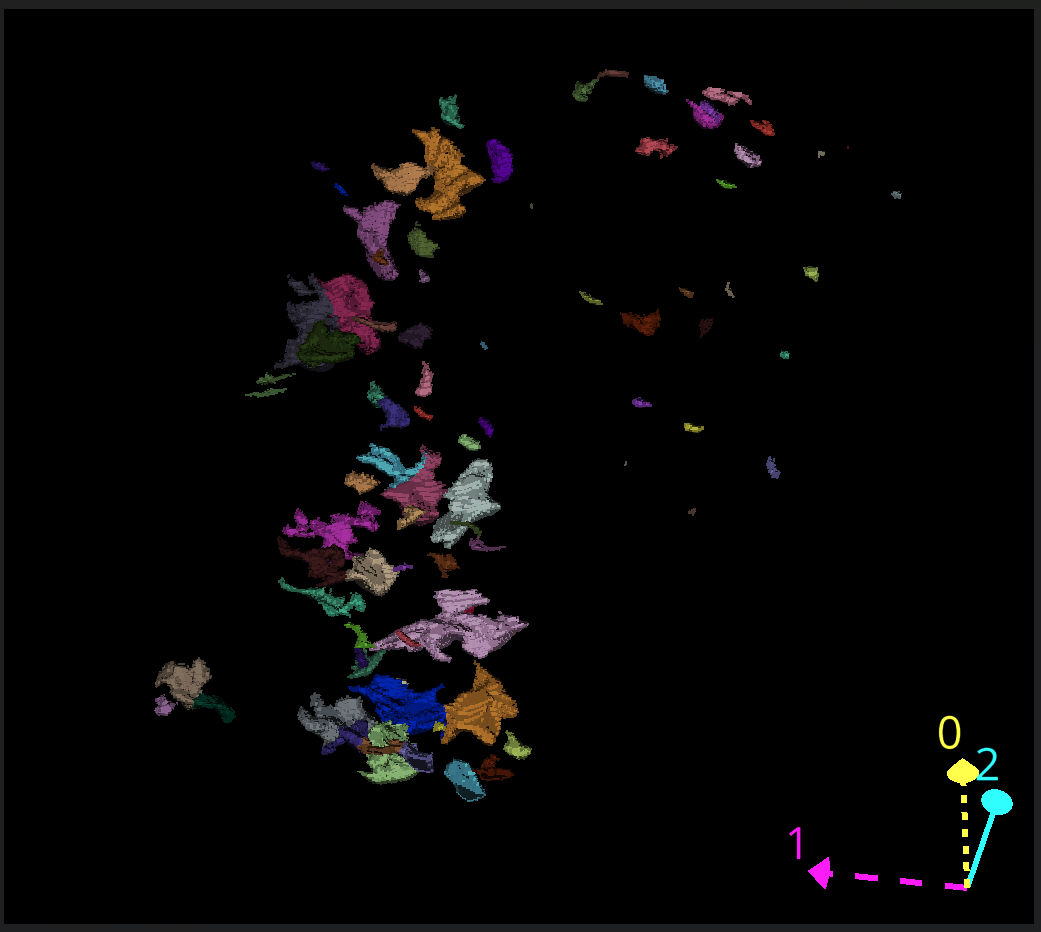Teaching Assistant
Published:
Responsibilities
- Teaching Problem Solving.
- Traning Competitive Programmers.
Published:
Responsibilities
Published:
Responsibilities
Published:
Published:
Courses and Laboratories
Published:
Courses and Laboratories
Published:
Projects
Short description of portfolio item number 1
Short description of portfolio item number 2 
Published:

Published:

Published:

Published:

Published in International Journal of Computer Science and Information Security (IJCSIS), 2016
Recommended citation: Tania Khatun, Abul Kalam Azad, ASM M Rahaman, Md. Rafsan Jani and Md. Imdadul Islam (2016). “Human Face Recognition Using Eigen Decomposition on ROI”, International Journal of Computer Science and Information Security (IJCSIS), 14, 12, pp.1071-1079, 2016. Download paper here
Published in Journal of Computer and Communications, 2018
Recommended citation: Abu Sayed Md Mostafizur Rahaman, Jesmin Akhter, Md Rafsan Jani, Md Imdadul Islam (2018). “Determination of Array Gain of Single Hop to Achieve the Performance of a 2-Hop Wireless Link”, Journal of Computer and Communications, 6, 7, pp.84-98, 2018, doi: 10.4236/jcc.2018.67008. Download paper here
Published in Jahangirnagar University Journal of Science, 2018
Recommended citation: Md. Rafsan Jani, Md. Imdadul Islam (2018). “De-noising and Feature Extraction of ECG and EEG Signal Using Adaptive Algorithm and Wavelet Transform”, Jahangirnagar University Journal of Science, 41, 1, pp.43-56, 2018. Download paper here
Published in International Journal of Computer Science and Engineering, 2020
Recommended citation: Bishal Gautam, Md. Rafsan Jani, Bulbul Ahammad and Md. Imdadul Islam (2020). “Convex-hull of Users under Adaptive Beam in WAN to Minimize Interference”, International Journal of Computer Science and Engineering, 8, 10, pp.52-59, 2020. Download paper here
Published in Journal of Computer and Communications, 2021
Recommended citation: Tandra Rani Das, Sharad Hasan, Md. Rafsan Jani, Fahima Tabassum, Md. Imdadul Islam (2021). “Bangla Handwritten Character Recognition Using Extended Convolutional Neural Network”, Journal of Computer and Communications, 9, 3, pp.158-171, 2021. doi: 10.4236/jcc.2021.93012. Download paper here
Published in ISBCom 2024, Springer, Cham, 2024
Recommended citation: Abdeltawab, H., Jani, M.R., Hasan, M.R., Yasser, I., Khalifa, F. (2025). A Hybrid Adversarial-TransUnet Architecture for Improving LV Segmentation Using Cardiac Cine Images. Intelligent Systems, Blockchain, and Communication Technologies. ISBCom 2024. Lecture Notes in Networks and Systems, vol 1268. Springer, Cham. https://doi.org/10.1007/978-3-031-82377-0_21 Download paper here
Published in HRI-2025, IEEE Press, 2025
Recommended citation: Al Amin Biswas, Md. Sabab Zulfiker, Md. Mahfujur Rahman, Md. Rafsan Jani, and Md. Musfique Anwar. 2025. Data Privacy and Security Analysis for Mental Health Chatbot Applications. In Proceedings of the 2025 ACM/IEEE International Conference on Human-Robot Interaction (HRI ‘25). IEEE Press, 1245–1249, https://doi.org/10.5555/3721488.3721656. Download paper here
Undergraduate Laboratory, Jahangirnagar University, Department of Computer Science and Engineering, 2019
After successful completion of this course, students should be able to:
Undergraduate Laboratory, Jahangirnagar University, Department of Computer Science and Engineering, 2020
After successful completion of this course, students should be able to:
Graduate course, Jahangirnagar University, Department of Computer Science and Engineering, 2022
After successful completion of this course, students should be able to:
Undergraduate course, Jahangirnagar University, Department of Computer Science and Engineering, 2022
After successful completion of this course, students should be able to:
Graduate course, Jahangirnagar University, Department of Computer Science and Engineering, 2022
After successful completion of this course, students should be able to:
Undergraduate course, Jahangirnagar University, Department of Computer Science and Engineering, 2022
After successful completion of this course, students should be able to: